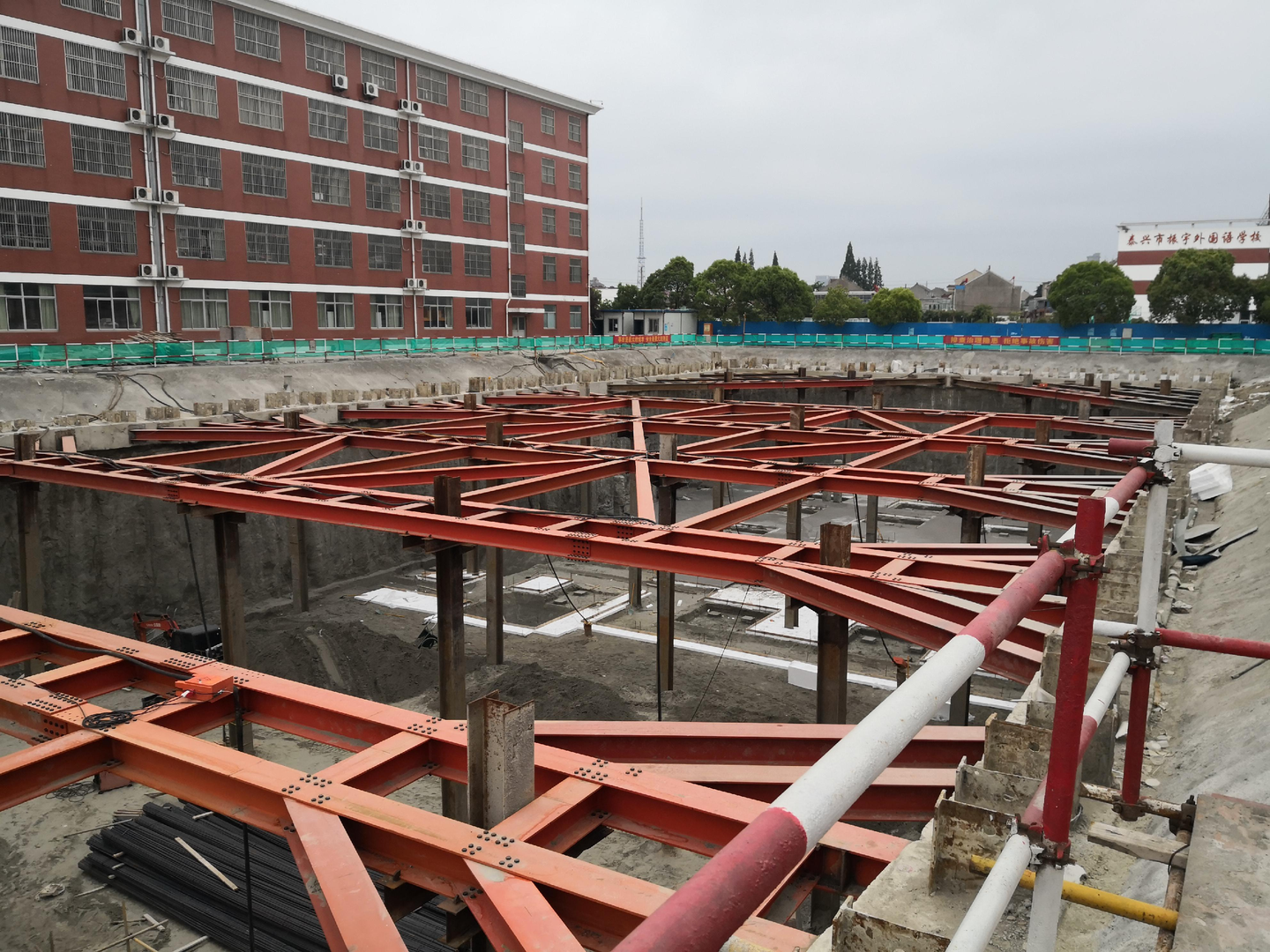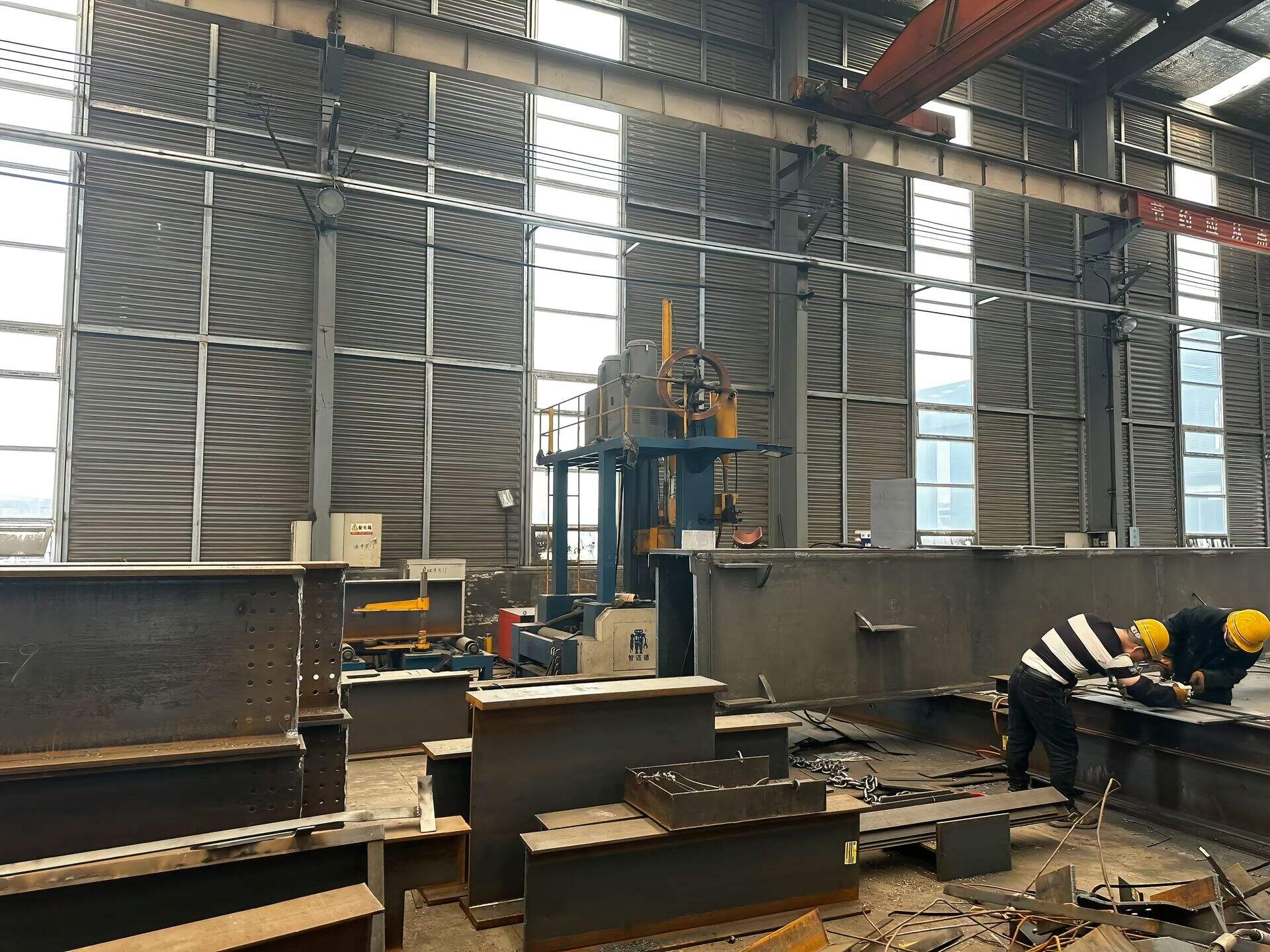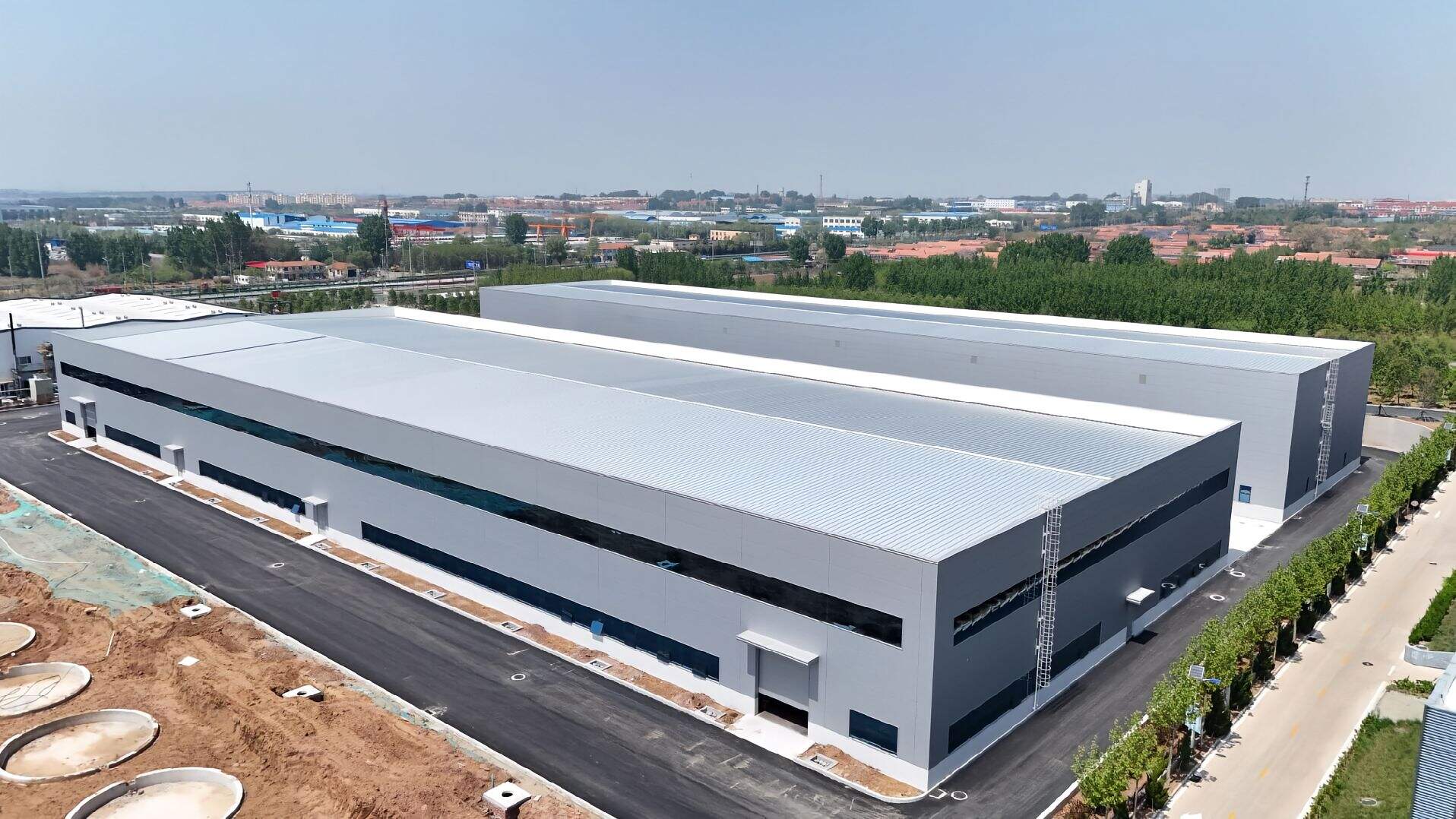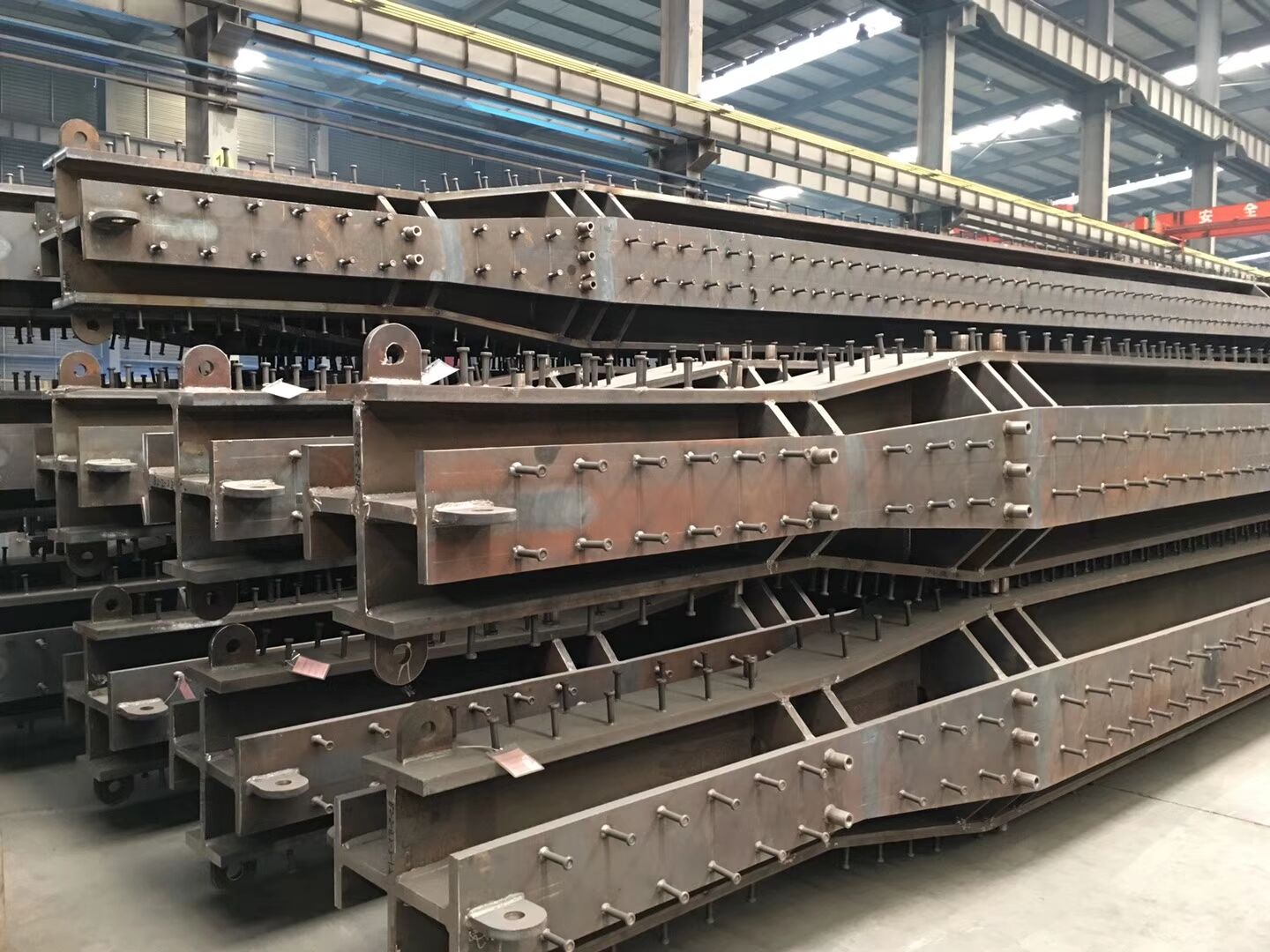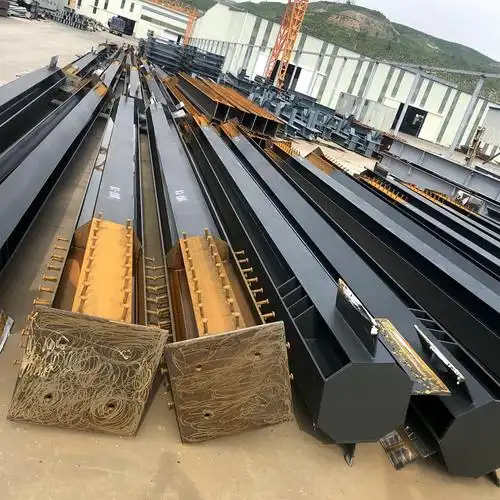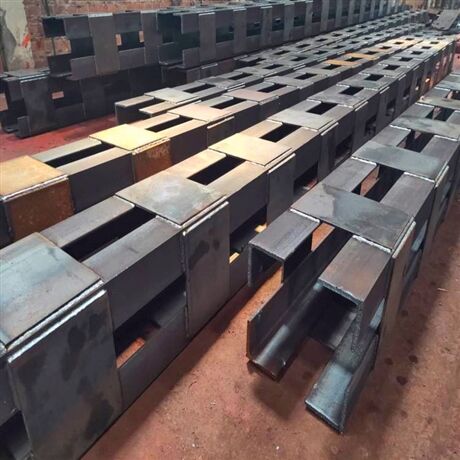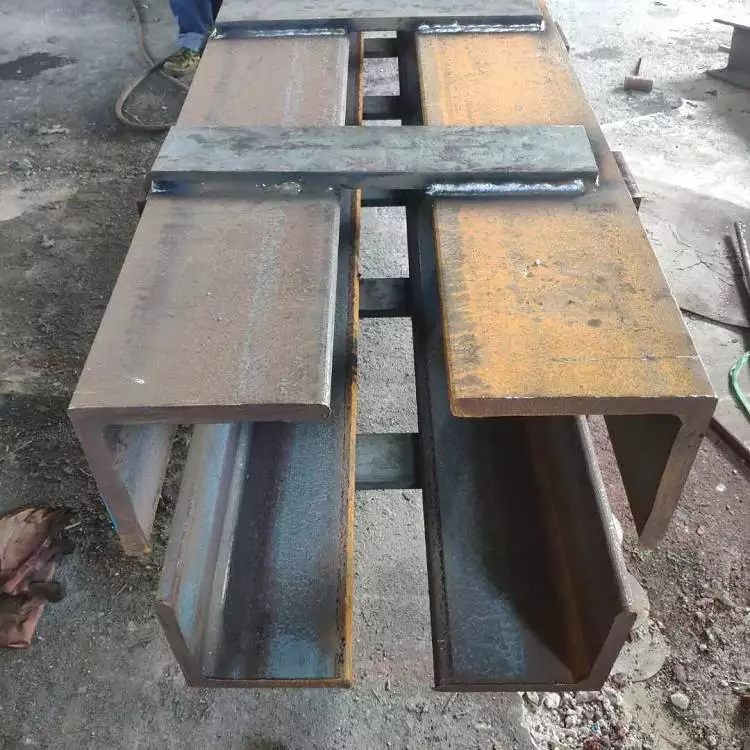steel concrete composite column
A steel concrete composite column represents a revolutionary advancement in construction engineering, combining the superior qualities of both steel and concrete materials. This innovative structural element consists of a steel section encased in or filled with concrete, creating a synergistic system that maximizes the strengths of both materials. The steel provides excellent tensile strength and ductility, while the concrete offers outstanding compressive resistance and fire protection. These columns are engineered to handle significant axial loads and bending moments, making them ideal for high-rise buildings and heavy industrial structures. The composite action between steel and concrete is achieved through mechanical connections, such as shear connectors or reinforcing bars, ensuring optimal load transfer between the materials. The concrete encasement also provides natural protection against corrosion and fire, extending the structure's service life. In modern construction, these columns have become increasingly popular due to their ability to achieve greater spans with smaller cross-sections, resulting in more efficient use of floor space and reduced foundation loads. The versatility of steel concrete composite columns allows for various configurations, including fully encased steel sections, concrete-filled tubular sections, and partially encased members, each suited to specific project requirements and environmental conditions.






